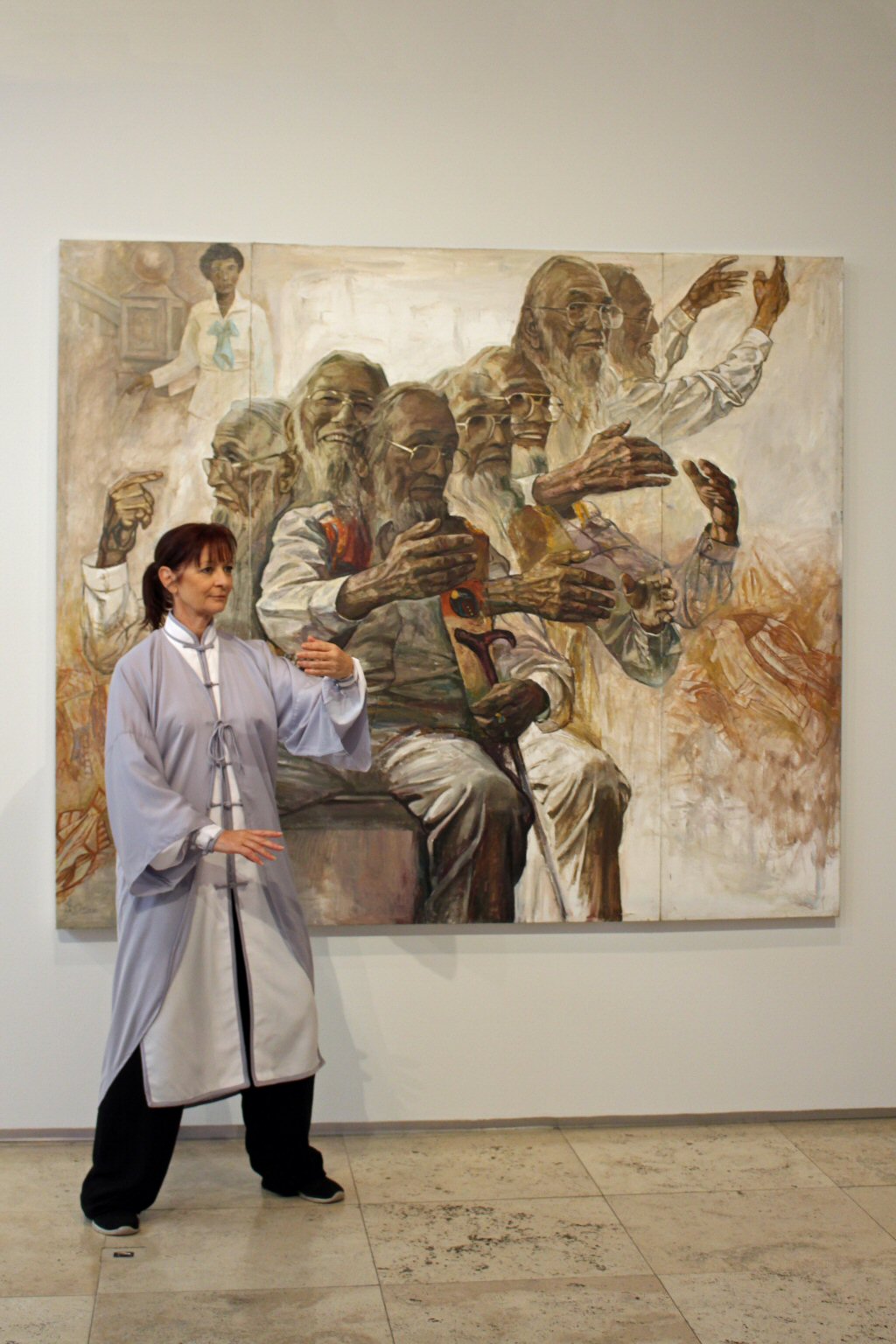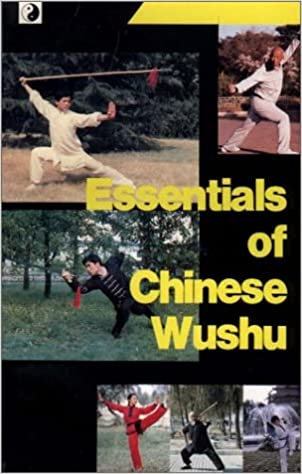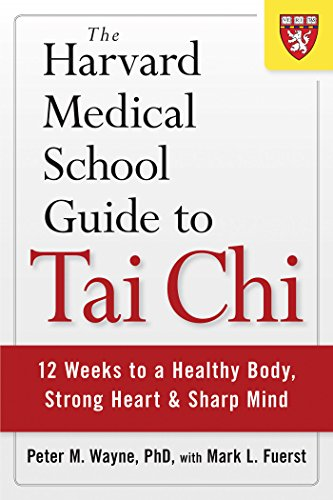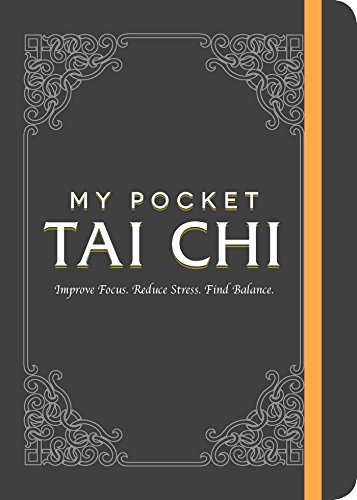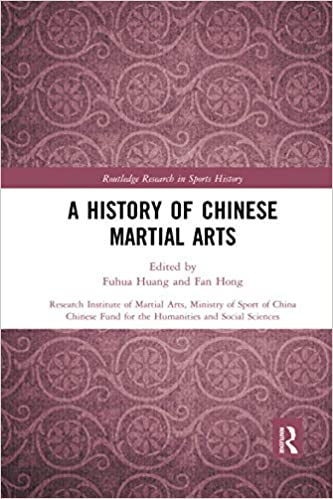 edited by Fuhua Huang and Fan Hong, 2020 |
edited by Fuhua Huang and Fan Hong, 2020 |
Chinese martial arts have a long, meaningful history and deep cultural roots. They blend the physical components of combat with strategy, philosophy and tradition, distinguishing them from Western sports.
A History of Chinese Martial Arts is the most authoritative study ever written on this topic, featuring contributions from leading Chinese scholars and practitioners. The book provides a comprehensive overview of all types of Chinese martial arts, from the Pre-Qin Period (before 222 BC) right up to the present day in the People’s Republic of China, with each chapter covering a different period in Chinese history. Including numerous illustrations of artefacts, weaponry and historical drawings and documents, this book offers unparalleled insight into the origins, development and contemporary significance of martial arts in China.
This is a fascinating read for researchers and students working in sports history, Chinese sport and Chinese Studies.
From the review by Gabe Logan (Northern Michigan University):
This work examines the entwinement of martial arts and China. It begins with prehistoric Sinanthropus’s fight for survival, details the continual evolution of fighting systems through each of China’s major dynasties, and concludes with its place and purpose in the People’s Republic of China. It explores individual fighting styles, military strategies, martial skills used in theater and opera, mass performances, and current sporting roles…
… China’s Ministry of Sport first published this work in 1994. In the nearly twenty-five years since its current translation, its research remains valid. Martial arts maintained a central role in China’s history. The military depended on fighters, the population used it for health and recreations, and performers entertained the populace with their skilled fighting acrobatics. However, the recent global dissemination of Chinese fighting needs elaboration. Following the collapse of the Nationalists, many skilled practitioners left China. For example, the famous martial artist Ip Mann fled to Hong Kong. One of his top students, Bruce Lee, arguably introduced Chinese martial arts to an international audience via his
acting career and impressive skills. A chapter that accounts for this globalization of Chinese martial arts should be included.
This work will appeal to several academic driplines including military science, history, social anthropology, and sport studies. It demonstrates the evolution of armed and unarmed fighting skills as both a social constant and sport.

* When you buy books here, you support Wushu Herald as it might be eligible for small rewards through Amazon Associates Program.


